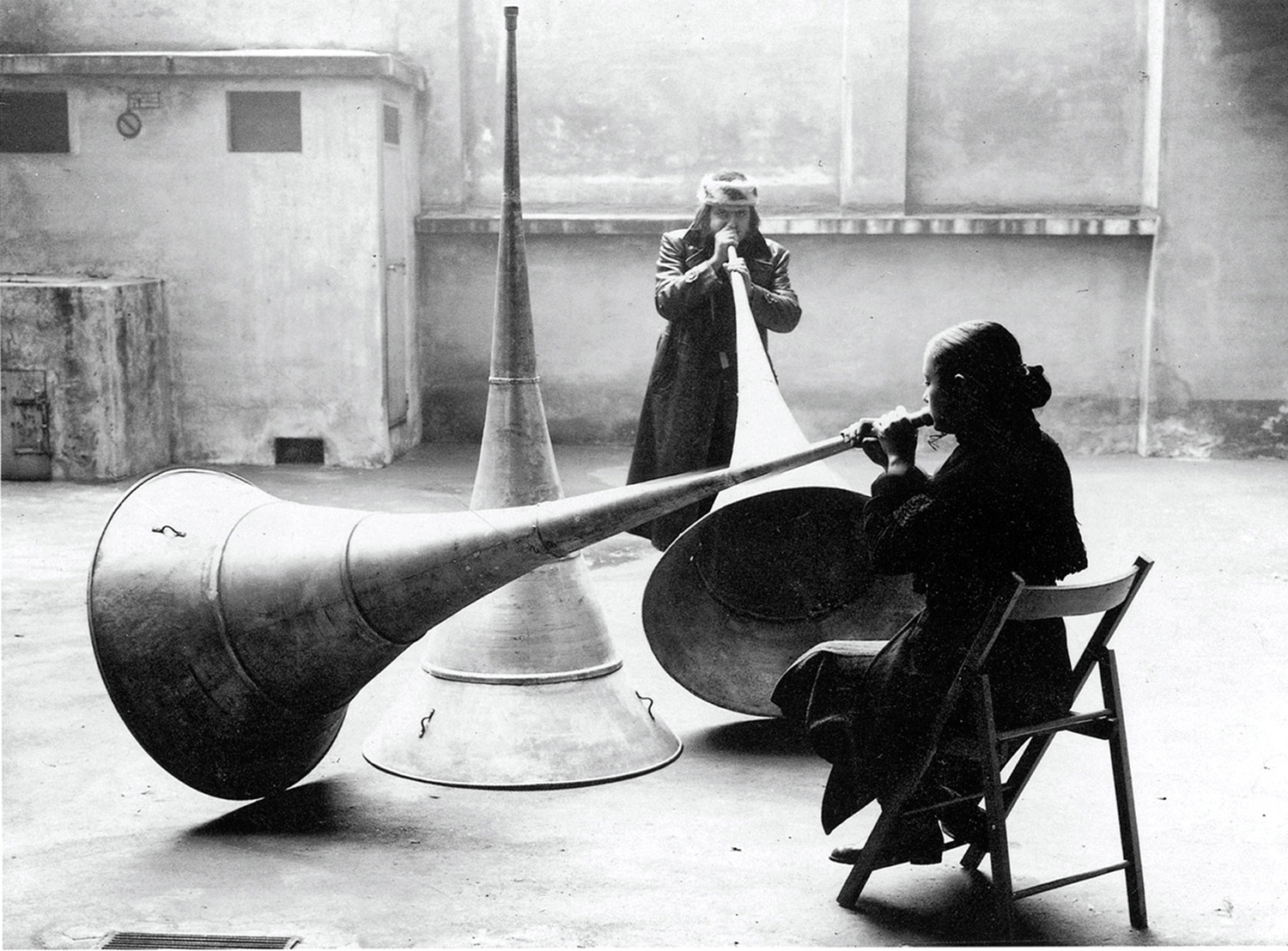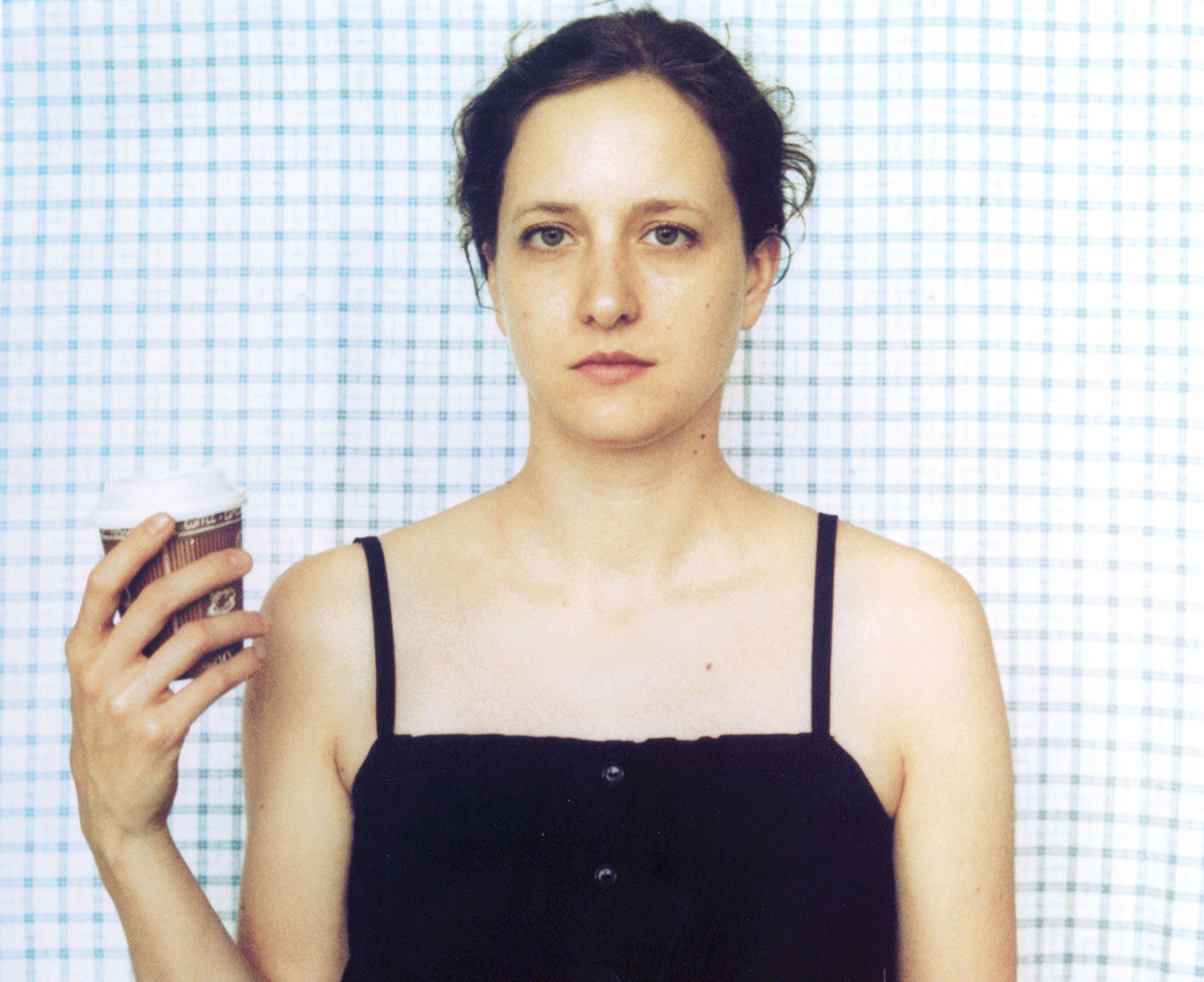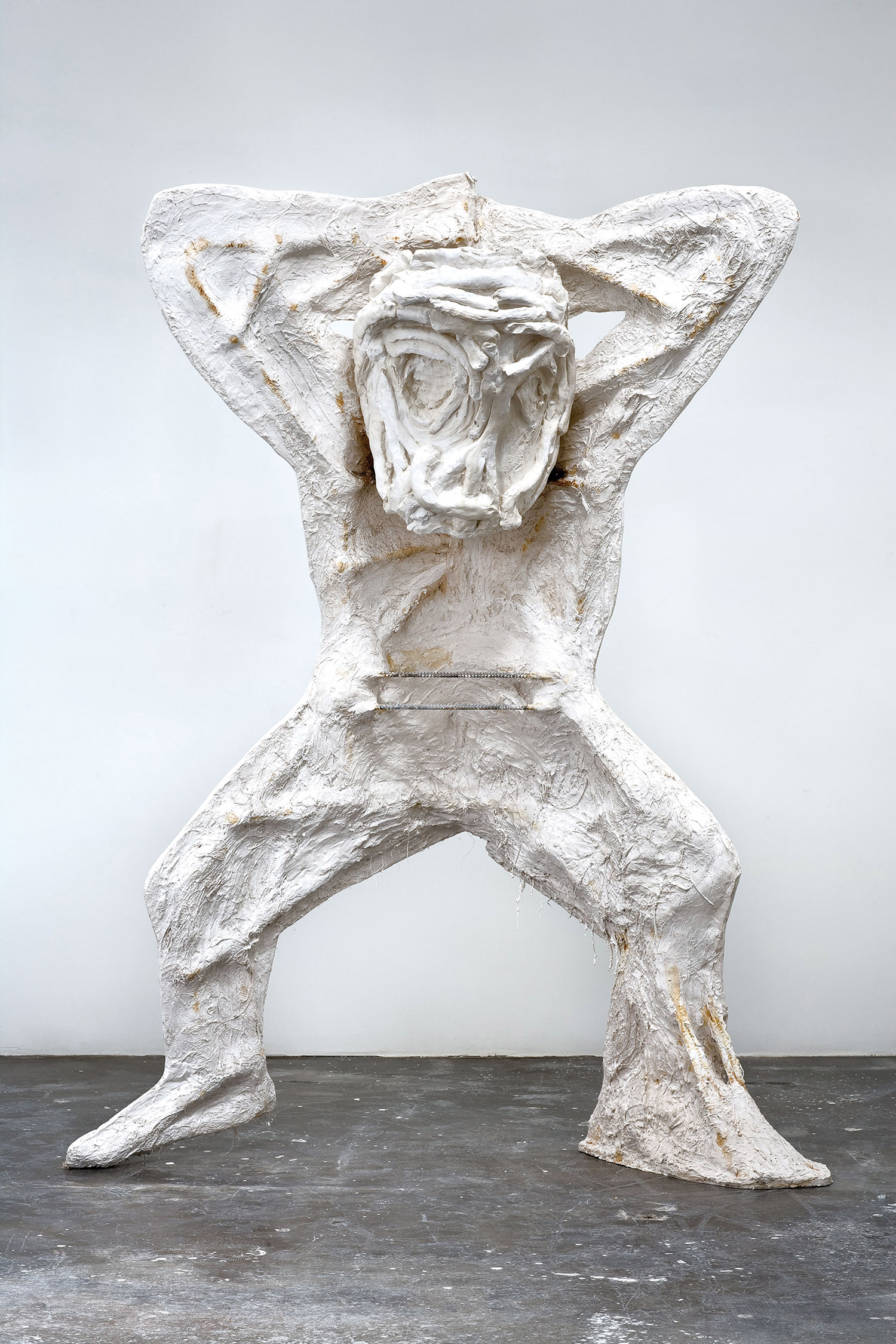
The importance of the Warsaw housing estate of Bródno can hardly be overestimated in Pawel Althamer’s practice. Long-time residence of the artist and his family, it made its mark for the first time at the end of 1999, when he convinced the inhabitants of the neighborhood to salute the new millennium by lighting their flat windows to form the figure ‘2000’ on a building façade. Although Althamer’s subsequent work featured Bródno in less spectacular ways, the feeling of its presence, lurking behind even the most remote locations, was always there. Quite simply, Bródno is Althamer’s favorite tool for measuring the world he ventures into. Splitting his time between living a family life in his native environment and flying across the planet from one continent to another — in what can only be described as a time-less and space-less experience — is a duality he is constantly aware of: a recurrent shift that could end up increasing a personal sense of detachment from both realities. This is, of course, unless there is someone around to take the ride with you.
Exactly a decade after Bródno 2000, Althamer looks back at his hometown district, this time adopting the well-known science-fiction technique of exploring the present by projecting it into a future dimension. Dressed in gold spacesuits, a few members of his community have been recruited to tour the planet under the Common Task logo to seek different civilizations and boldly go where they presumably have never been before. The group embarked on their first journey in March 2009 to go to Brasília — the ultimate symbol of how mankind often succumbs to the temptation of imagining its future by anticipating it, only to get it all wrong. After a brief stop to their own home base in June, they resumed their mission by visiting Belgium and, in a deeply emotional and spiritual trip, Mali.
For the last leg of their 2009 tour, Althamer and his associates decided it was time to open a public window on their activities while continuing to travel. The galleries of Modern Art Oxford have been converted into a space station, providing an opportunity to board the astronauts’ ship and share their activities in real time. Space outfits are available to wear; documentaries on the group’s previous journeys are viewable on rotation; visitors are welcome to join the crew on a few explorations in the Oxonian countryside; it is even possible to assist the film editor in the process of putting together fresh footage.
Like the mission and its participants, the Common Task station overlaps present and future elements, blurring any distinction between the two. Only at second glance, for example, does one realize that the futuristic waiting room is actually made out of old, repainted public transport seats. In typical Althamer style, the exhibition defies the logic dictated by the gallery format. Objectual art is absent, and the nature of the project itself frees it from temporal limitations.
In the 1950s the Polish architect Oskar Hansen — in response to the dehumanizing aspects of modernism — advocated a return to open forms, wherein an artistic proposition would be a process translated by external agents. By generating a science-fiction film in real time, Common Task extends Hansen’s theories to the common perception of the artist as a mystical figure crossing unexplored realities, successfully converting a solitary journey into a collective experience.





